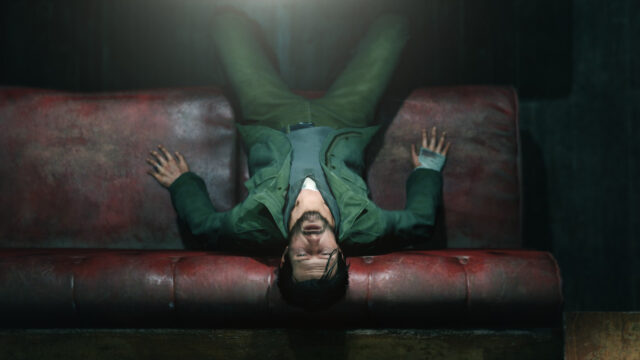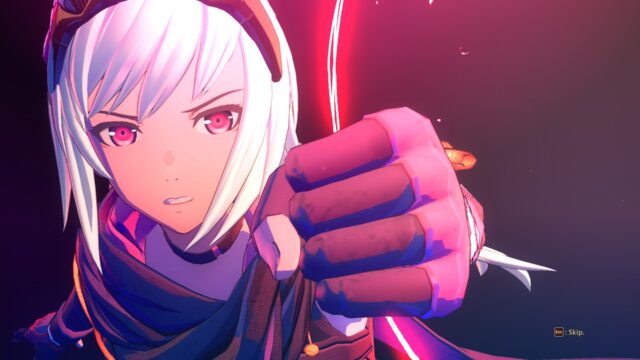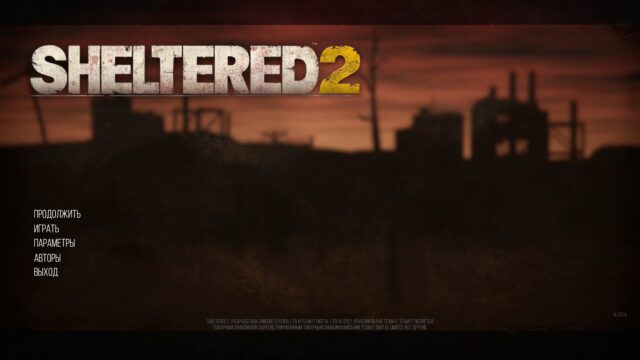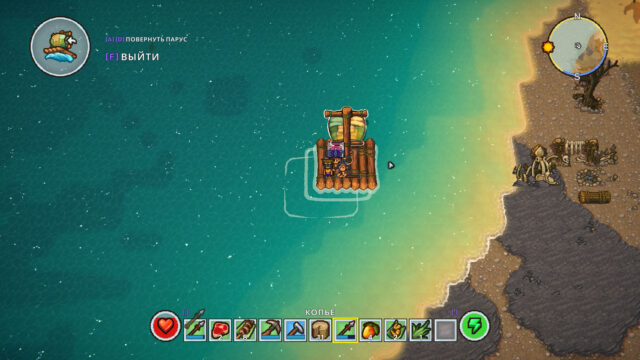About Warlock 2: the Exiled
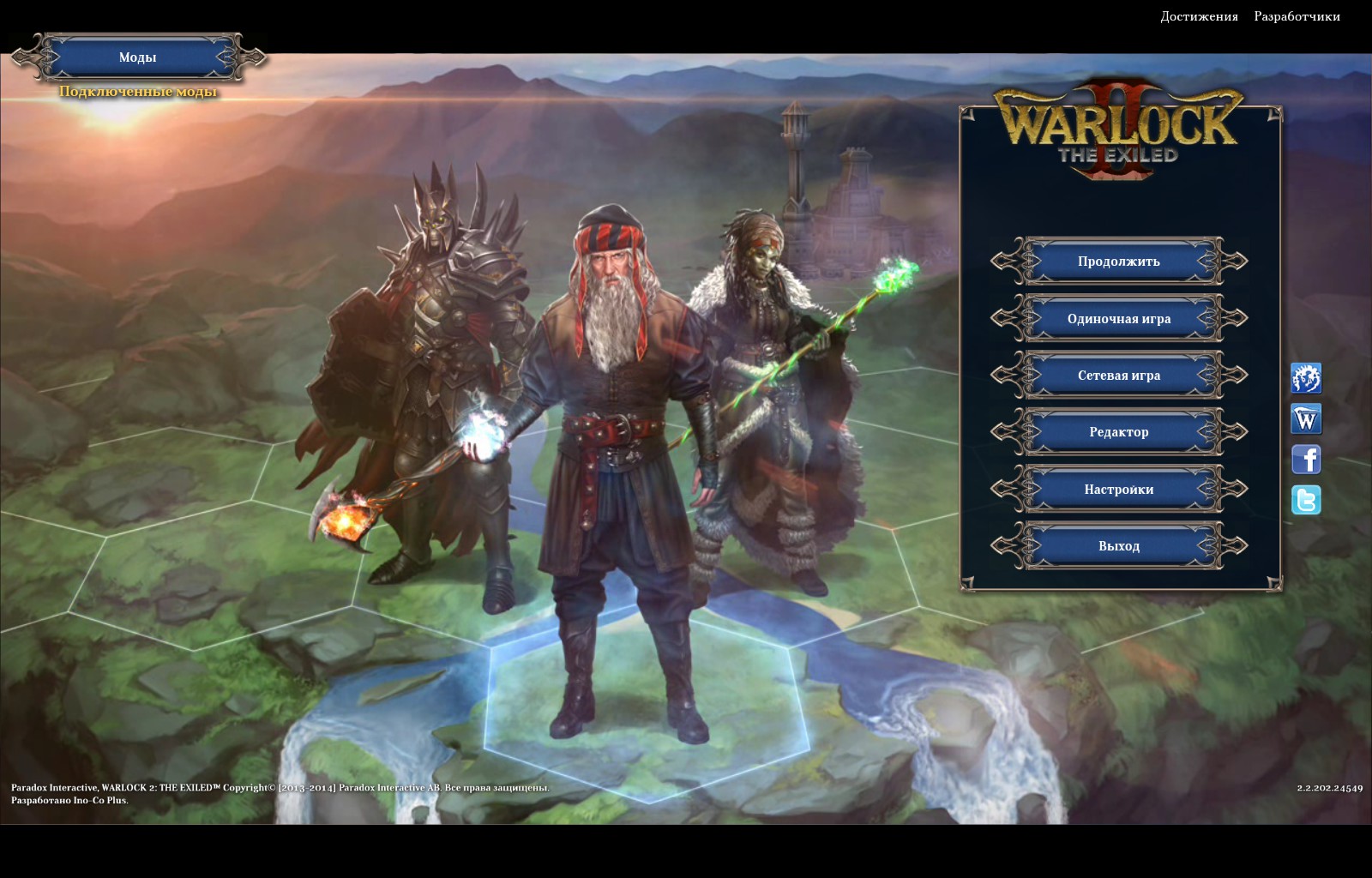
Neither my scouts nor my archers, for unknown reasons, were able to deal with the first group of neutral spiders that came their way. The suburban capital was left defenseless and was plundered by some wolves. The second city had to be immediately turned into some kind of uncontrolled Cossack free-for-all. The first quest location was guarded by some really powerful guys, who could only be defeated with a hundred moves in the current conditions.
Going through the second “Warlock” tutorial turned out to be so much fun that I only had to launch the game client for the second time since I bought it during the post-New Year’s lull.
However, I definitely didn’t want to return to the tutorial that traumatized my psyche. I thought, why not try one or two simple generated maps. And suddenly, things started to go well. In each of the two trial attempts, I managed to survive for twenty turns without any catastrophes and even set up a starting base. Well, that means I can go through some campaign or scenario there, and I can figure out the game’s mechanics as I go along, even if they are very unusual.

And it turned out that there are no campaigns or scenarios in Warlock 2. None at all. There is a menu for campaigns and scenarios, but they are empty. It says, go to the Steam Workshop and find entertainment for yourself. Who would have thought that the game, after six months – or however long it has been – could disappoint even more than right after its release?
Well, at least this time it was easier to overcome oneself. After all, in sandbox games – it’s almost the main pleasure of all similar WL2 games.
**
The first “Warlock” was a good combination of “Civilization” and Age of Wonders, but it turned out to be very flat. The original had three big problems that resonated with each other – the incompetence of computer opponents, disproportionately healthy waves of neutral monsters, and flying undead ships. The first couldn’t handle the second, and the flying fleets easily crossed seas and mountains and quickly eliminated everyone from the game. It was even a pity to discover them in the game – everything became too simple and uninteresting.
Nevertheless, from a mechanical point of view, Warlock is a very interesting turn-based strategy game. Even though there were no infamous campaigns or scenarios in the game in principle.

In the original “Warlock” released in 2011, there was already an elegant system of unique resources. Borrowed from Civilization, cells with iron and pumpkins grew into fantasy magical crypts, fields of sacred light, and other wonders. Some things worked similarly to “Civ”: built a farm on a special cell within the city limits – got +5 food production. And some things played out even more fun: the same metal deposits not only provided industrial growth but also allowed individual units to buy sets of improved armor or weapons. Certain cells even granted access to unique troops. Accordingly, to succeed in strategic development, one had to intensively explore the local area, engage in more thoughtful territorial expansion, and closely monitor which player had what wealth. All these aspects really drew players deeper into the game.
Well, again, until you uncover the all-powerful flying ships.
The second series completely adopted the aforementioned joy and even added an interesting new mechanic. From now on, settlements in “Warlock” can be put into background mode. Nothing can be built or produced in such cities. Instead, the settlement can generate either gold, mana, or the favor of one of the local gods; there is also an option to turn the city into a border fortress.
At first, it may seem that these single-city settlements are not particularly useful. But once you experiment a bit, it turns out that it is indeed better to place solid castles on the borders, and monasteries and other autonomies on barren deserts with empty mountains bring more benefits than provinces that are subject to vertical power.
Again, there is less routine.

We have seen everything else in many other projects. Fantasy theme, crazy unit balance (achieved by having too much miscellaneous stuff around to figure out where the most overpowered unit is), diplomacy with bots, portals to parallel world maps, a book of global spells, random quests, and so on.
Somewhere the second “Warlock” is lagging behind its competitors, somewhere it is half a head ahead. But, as the ancient wisdom displayed in one of the Civilization V loading screens says, the whole is greater than the sum of its parts. In our case, a solid standard product plus a few fresh mechanics minus well-thought-out campaigns turned out to be a strategy game that is unusual enough to recommend to every first-time genre lover, but not friendly enough to attract “casual” video game players to play Warlock 2: the Exiled.
In the end, even your humble servant needed half a year to take it on.
Share
Discuss
More Reviews
